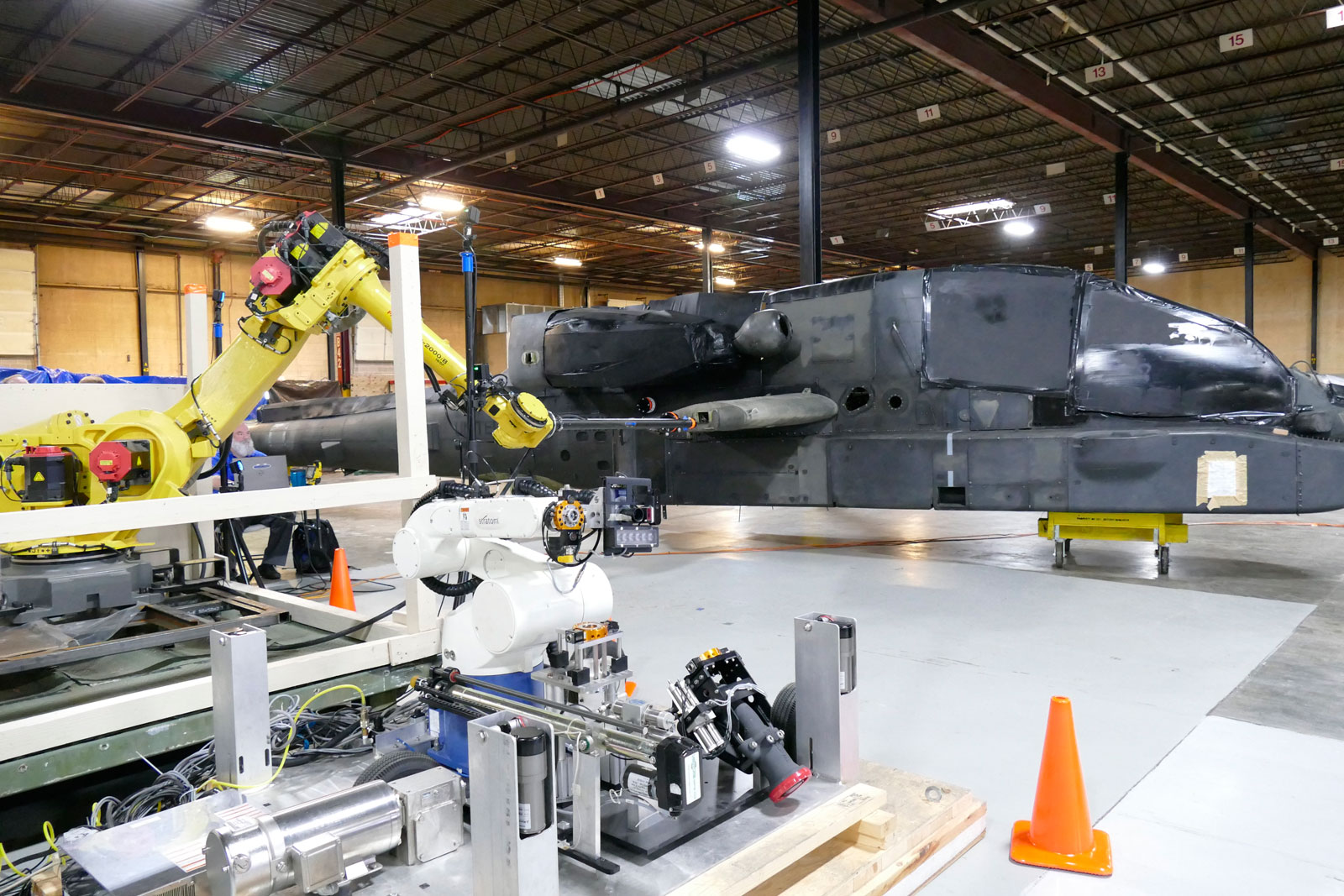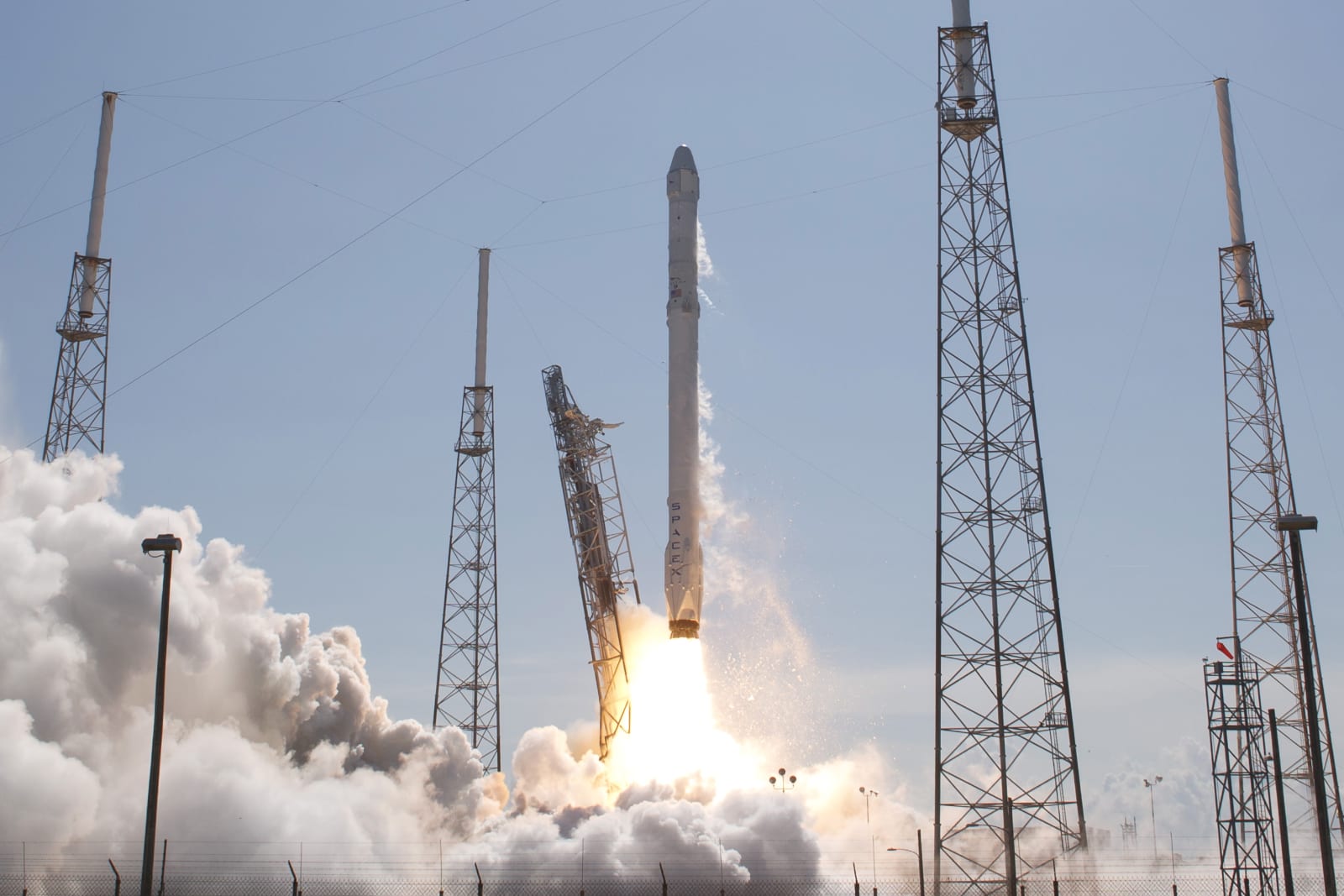
Wildfires continue to cause widespread destruction across much of the California, forcing people to flee their home and burning thousands of acres of land. The current series of blazes is the...
 Militaries regularly set up fueling stations at forward bases so that helicopters can get back to the fight as quickly as possible. However, requiring fuel crews creates huge risks and logistical headaches: you're sending people to a dangerous, isol...
Militaries regularly set up fueling stations at forward bases so that helicopters can get back to the fight as quickly as possible. However, requiring fuel crews creates huge risks and logistical headaches: you're sending people to a dangerous, isol...
 NASA is a little nervous about SpaceX's future crewed flights. The Wall Street Journal has obtained a letter from December 2015 showing that an agency International Space Station committee has been worried about the safety of SpaceX's planned fuelin...
NASA is a little nervous about SpaceX's future crewed flights. The Wall Street Journal has obtained a letter from December 2015 showing that an agency International Space Station committee has been worried about the safety of SpaceX's planned fuelin...
Move over, Canadarm. You may have helped the space shuttle fleet repair the Hubble Telescope and build the International Space Station, but there's another robotic tool that's the apple of the Great White North's eye. Dextre, the Canadian Space Agency's dual-armed mechanical "handyman," has successfully refueled a faux satellite from the ISS as part of NASA's and the CSA's joint Robotic Refueling Mission. Not only did the exercise demonstrate how satellites could be juiced up in space and have their lives extended, but the CSA says it's a first for the history books, to boot. Since 2011, Dextre completed a trio of tests to show how it could service satellites that weren't built for being pried opened in space. Late this week, NASA and CSA robotics controllers removed two safety caps from a washing machine-sized mock satellite, snipped two sets of retaining wires and pumped in a bit of ethanol. Sure, you could take a Frankenstein-like approach and cobble together new satellites from old ones, but Dextre's trials indicate there's promise for a proactive tactic that would keep existing hardware humming.
Dextre Successfully Refuels Mock Satellite and Aces a Major Test for Space Robotics
Longueuil, Quebec, January 25, 2013 - Dextre, the Canadian Space Agency's robotic "handyman" on board the International Space Station (ISS), made space history last night by successfully refueling a mock satellite on the exterior of the station. Topping off the satellite's fuel tank was the pivotal task in the experimental Robotic Refueling Mission (RRM), a collaboration between the National Aeronautics and Space Administration (NASA) and the Canadian Space Agency (CSA) to demonstrate how robots could service and refuel satellites on location in space to extend their useful lifetime.
For RRM, NASA's Goddard Space Flight Center designed a module simulating a satellite, as well as custom power tools for Dextre. Since RRM operations began in 2011, Dextre has performed three series of tests to show how a robot could service satellites, which were designed never to be opened in space. In this latest set of operations, Dextre removed two safety caps, cut through two sets of thin retaining wires, and finally transferred a small quantity of liquid ethanol into the washing machine-sized module. The latter maneuver was particularly tricky, since handling liquids in space required perfect precision to prevent dangerous leaks. The specialized tools built for the job allowed Dextre to seal the connections between the tool and the fuel valve to eliminate the possibility of leaks. Adding to the level of difficulty was the fuel hose itself, which adds additional forces that tend to pull Dextre's hands. It took the combined skills of the experienced NASA and CSA robotics controllers to pull off this first-of-a-kind space refueling demonstration successfully and without any mishap.
RRM is a significant step in pioneering robotic technologies and techniques in the field of satellite servicing-saving ailing space hardware by refueling or refurbishing them before they become space debris. The ability to refuel satellites in space could one day save satellite operators from the significant costs of building and launching new replacement satellites. With over 1100 active satellites currently operating in the near-Earth environment (many of them worth hundreds of millions of dollars), and an additional 2500 inactive satellites still orbiting around our planet, the savings could be substantial.
Via: CNET
Source: Canadian Space Agency